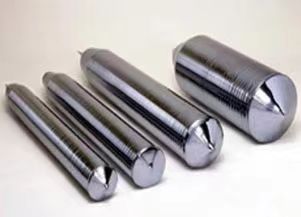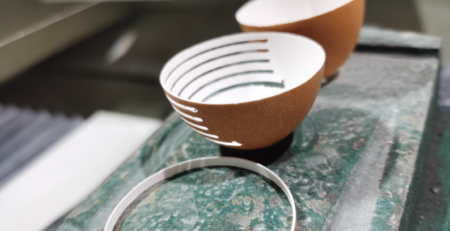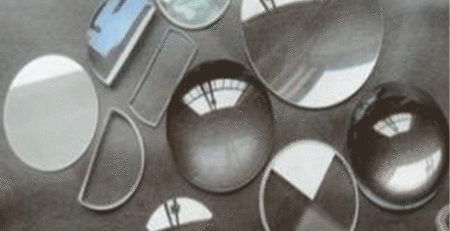Processing flow of single crystal silicon ingots in the semiconductor industry
In the single-crystal silicon wafer preparation stage, the silicon single-crystal ingots need to be processed into raw silicon wafers or barewa-fers with high surface accuracy and surface quality to prepare for planarization for lithography and other processes in the first half of the IC process. Ultra-smooth and damage-free substrate surface are required here.
 For silicon wafers with a diameter of ≤200mm, the traditional silicon wafer processing process is:
For silicon wafers with a diameter of ≤200mm, the traditional silicon wafer processing process is:
single crystal growth → cropping → outer diameter barrel grinding → flat edge or V-groove treatment → wafering → chamfering → grinding → etching → polishing → cleaning → packaging .
Cropping : The purpose is to cut off the head and tail of the single crystal silicon rod and the part that exceeds the customer’s specification, segment the single crystal silicon rod into the length that the slicing equipment can handle, and cut the test piece to measure the resistivity and oxygen content of the single crystal silicon rod. quantity. This process traditionally uses a diamond band saw or a single diamond wire to truncate. In recent years, a large-scale replacement of traditional truncation equipment has emerged after the emergence of diamond wire loop/endless diamond wire.
https://www.youtube.com/watch?v=N57A-9mi-Mk
Outer diameter grinding: Since the outer diameter surface of the single crystal silicon rod is not flat and the diameter is larger than the specified diameter specification of the final polished wafer, a more accurate diameter can be obtained by outer diameter rolling.
Flat edge or V-groove processing: It is specified to be processed to the reference plane, and the flat edge or V-groove with a specific crystallographic direction on the monocrystalline silicon holder.
Wafering: refers to cutting a single crystal silicon rod into thin slices with precise geometric dimensions.
Chamfering: refers to trimming the sharp edge of the cut wafer into an arc shape to prevent chip edge cracking and quality defects
Grinding: refers to the removal of saw marks and surface damage layers caused by slicing and wheel grinding by grinding, effectively changing the warpage, flatness and parallelism of a single-product silicon wafer, and reaching the specifications that can be handled by a polishing process.





